Name: Brett Harned
Company: Happy Cog
Job Title: Project Management Director
Website: Brettharned.com
Brett Harned has more than 10 years of experience in communications and creative team management. At Happy Cog, Brett has managed projects for Zappos, the United States Holocaust Memorial Museum, and the Presbyterian Church of USA. Brett also served as Senior Project Manager at Razorfish, where he managed multi-resource teams and implemented creative strategies to produce websites and comprehensive digital advertising campaigns for companies such as Wyeth Pharmaceuticals and Aetna. Follow Brett on Twitter »
The Day Job
Tell me a little bit about the company you work for
Happy Cog is a boutique web agency with offices in New York, Philadelphia, and San Francisco. The company was founded by Jeffrey Zeldman, who is well known (among other things) for his book Designing with Web Standards, which is now in its third edition.
We design websites and experiences that are user-centered and always built with web standards. Happy Cog is an amazing place to work, especially for project managers who want to not just manage projects, but take part in them.
What is the ratio of digital project managers to production staff at your company?
In the Philadelphia office there are two project managers on a staff of fifteen.
Do you use any particular project management methodologies? If so, why? If not, why?
I don’t really subscribe to a methodology, because I think every project, client and project team are different. To truly get a project done right and make everyone happy, I feel like I need to be flexible and adapt to the challenges presented to me. If a methodology fits, I’ll use it. But in general, my brain doesn’t work that way.
What online or offline tools do you tend to use for digital project management?
We rely pretty heavily on Basecamp for project communication and collaboration. I think we use Basecamp to its fullest extent, and are always thinking of ways it could be better. But it truly works for us, because we try to train our clients on how to use it to communicate with our team. We prefer to keep all communication in Basecamp rather than email. This way, everyone is up-to-date on our projects.
We use Harvest for time tracking, OmniPlan for project planning and timelines, and a bevy of other tools for creating deliverables.
How on earth did you end up managing digital projects? Few people start out with this aim. Tell me how you wound up being a full-time punch bag?
It’s a long story. I think the trail that led me here is in my first blog post…
But, for those who don’t feel like reading, it’s: I started at a start-up dot com as an editor/producer. When that company crashed, like many dot coms in the early 2000s, I went to a university where I wrote and managed the alumni website, and found my way to the dark (agency) side while working with an agency. At the heart of it, I have always been a writer. I just have a knack for the details and like to work with people. The moral of the story: it was somewhat accidental – a happy accident.
Do you just manage digital projects or is your role varied? If so, what other roles do you perform?
It depends, really. Happy Cog is very collaborative. So, I have had the opportunity to step outside of my comfort zone and do some IA work. I’m also working on some marketing efforts and will get to do some writing. At the end of the day I am a project manager working with people who value my input (most of the time).
What type of digital projects do you typically work on?
There is no ‘typical’ vertical for me. I have worked on everything from product sites to higher education sites, and Happy Cog doesn’t really specialize in any vertical. I don’t really have a preference for one over the other, either.
Well, I am lying. I did a lot of work for pharmaceutical brands at my previous job and hope to never get back to that! I wouldn’t give that experience up for anything, but I think I’ve had my fill of working around the legal process related to drug approvals and releases!
How many digital projects are you currently managing? What’s the most you’ve ever managed at any one time?
Right now, I am managing 5 projects of varying scope. The most projects I have ever managed at once was 13.
What percentage of a digital project’s total budgeted hours would you typically spend on project management?
It really depends on the client. I would say that 20% is a fair number, give or take.
What digital projects are you working on right now, and what digital project are you most proud of to date?
Right now, I am working on a few great projects. One that stands out, and has been in progress for about a year now, is the United States Holocaust Memorial Museum site redesign. It’s a great pleasure and an honor working with them, and I am really excited about where the project is headed.
At the same time, I think I’m proud of all of the work that I have done, big and small. I feel that every project brings a new client or team perspective, challenges, and changes to the process. I feel like I am constantly learning.
Describe a typical day in the life of your role managing digital projects.
Is there a typical day? Let’s see. I live and die by lists. I come to work, make my list for the day, and refer back to it often. If I don’t have a list, I will get side tracked by another task or client emergency and lose sight of my day.
Aside from that, I do a lot of following-up and reading communications, looking for potential issues or questions. I like to meet with my co-workers in person. We tend to do a lot of IM, but I really think there is something to be said for an in-person conversation, when possible.
How would you describe your managerial style?
Collaborative. Constantly checking in with my team, talking to them, making sure they’re talking to one another.
What are the common things that crop up on a daily basis that destroy your planned activities for that day?
Client emergencies: If something really big happens unexpectedly, we need to stop everything and fix it. That could impact many things, including other projects and team morale.
Scheduling delays: Every time someone (mostly clients) create a roadblock or a delay on a project, I have to stop what I am doing and get to the bottom of the situation. This means I have to ask why, when and how. Then, I need to make adjustments to my project plan and double-check the scope to make sure we’re not going to blow the budget.
How do you keep organised personally, given the hectic life that comes with managing digital projects?
It’s going to sound really bad, but I rely heavily on memory. Of course I keep notes and make lots of lists, but I do find that I am constantly thinking about work-it’s just the way my brain works. I like to think that I am pretty good at switching gears from project to project and can handle the details. When I have 13 projects, I am less able to do so!
The Projects
At what point do you typically get involved with a digital project you are to manage? Pre-sales and estimating or only post-sale?
Pre-sale. In some digital project management positions I’ve worked in, I’ve created the project estimate for the scope or RFP response. I think it’s very important for project managers to know what thought went in to creating a project scope.
What technique do you use to estimate digital projects? Do you use different ones for small and large projects?
I would say that the technique I’ve used to estimate projects is based on past work. Looking back at how much time someone has used to complete a milestone on a similar project is pretty helpful. That said, my estimates would certainly be broken down by deliverables.
How do you handle unrealistic digital project budgets and schedules?
Ignore and go to sleep.
Kidding :) I think it’s best to just address the situation up front. I like to be very transparent with my team and clients when it comes to project requirements, schedules and budget.
How does your company approach scheduling all the work currently in the pipeline?
We’re constantly trying new things, and are always looking for something that works. Currently, we create all project plans in separate files and create a master that contains all files. From there, we can see where scheduling conflicts may occur.
At the same time, we maintain a weekly resource calendar that accounts for all of the work and hours our staff will be working. We try to forecast that out for about a month to make sure we’re not pushing anyone to work too much and burning out.
You receive a new digital project to manage, what are the first steps you’ll take?
First, figure out when we’ll kick it off. Then, read the scope and ask questions. We recently inserted a new meeting in to our process, where our awesome client relations director sits down with the team to review the scope and address any questions we might have. It’s been very helpful.
Do you manage all aspects of digital projects, like design, front-end and back-end development, or do department leads manage production based on requirements you capture?
I manage my projects from beginning to end, of course with the help of the team. I couldn’t imagine doing it any other way!
What deliverables do you personally typically produce on a digital project? Sitemaps, wireframes, functional specifications? Or are these produced by someone else? If so, who?
My real deliverables on our projects are project plans. They require much love and maintenance. We have UX, Design and Development practitioners on staff who are responsible for creating deliverables. That’s not to say I can’t or don’t jump in and help when needed. It’s just not typically on my docket.
What are all the things that will be defined and approved before design or development begins on one of your digital projects?
In many cases, we work the Waterfall System to make sure that the direction of the project is agreed to before moving on to the next step. Before UX begins, we will define a project approach, plan and strategy.
In UX, we define the site architecture and sometimes a preliminary aesthetic direction. In design, we determine the final look and feel and address the general styles that will be used to build a site. All of that must be determined, on some level, before we can develop the site.
Like I said before, we constantly try new things and push the limits of what can be done when. It’s all about adapting to the client’s needs and the project.
How do you tackle the art of monitoring digital project budgets versus progress?
We track budgeted hours on milestones, it is fairly cut and dry.
How do you manage the inevitable scope creep on digital projects?
Transparency is key. I like to share hours spent and percentage complete in my weekly status reports. It’s also just good to be clear about your expectations. I just sent an email to a client letting them know why something needed to be finalized, and that the last thing we want to do is get in to a position where we are over budget and they are not happy with where we ended.
What advice would you give for managing difficult clients?
Communicate often and keep a ‘paper trail’. Also, stay calm and look to your peers for help. It’s really amazing how someone else’s perspective will shed light on a situation.
How do you ensure past mistakes on digital projects never happen again?
Project post mortem meetings! Organizations so often end a project and pick a new one up without looking back. I think that is a really huge mistake – every project can serve as a learning platform. It’s so helpful to meet as a team and discuss what worked and didn’t work on your project. Not only can you evolve your process, you can celebrate your accomplishments and your team.
The Big Questions
What websites, blogs and podcasts are you currently using regularly for inspiration?
That’s a tough one. There are so many great resources out there for Project Managers. What is tough I finding resources for WEB project managers. Where are they?
I often read PM Hut, Project Smart, Project Shrink, and your site. I’m also starting to find some smart people like you on Twitter, which is pretty cool.
I also like to keep up on what’s happening in the web world by reading sites like A List Apart and Boxes and Arrows. I am also really in to dribbble.com. Don’t tell anyone, because I am certainly not a designer. But it’s a great resource to check out what designers are doing.
What are the biggest differences between managing website projects and web application projects?
Not sure, I’ve never managed an app. Is there an app for managing an app?
What do you think are the key personality attributes required to be a good digital project manager?
You must be patient, and forgiving. Don’t take things personally, because letting your emotions get in the way will make your day miserable!
What are the biggest common misconceptions about digital project management?
That we’re robots, or paper pushers. We can and should be active members of each and every project. If a Digital Project Manager is just sitting behind his or her computer and not actively playing a role on the project, you’ve got a problem on your hands.
What, in your opinion, is the hardest part of digital project management?
Dealing with multiple personalities. And by that I do not mean crazy people. I mean dealing with many different personalities/people on a team.
In three words, how would you describe digital project management?
I just asked a few co-workers this question and got some great answers that you could not post. I am still laughing. Here is my reply: Necessary, Adaptive, AWESOME.
Thanks for taking part Brett, boy would we all love you to tell us all what suggestions you had for project management descriptions in the comments ;-)
If you’d like to get involved in The Digital Project Manager Interviews then please leave a comment below or Tweet Me.


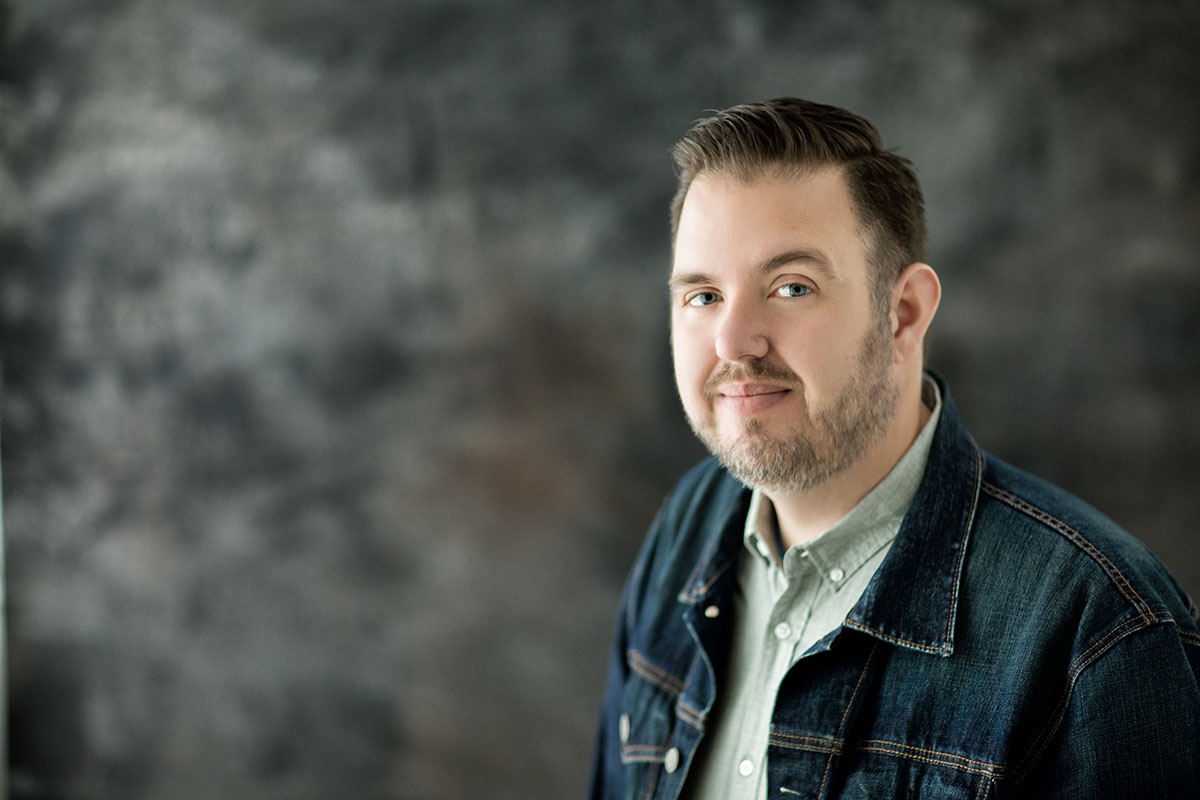
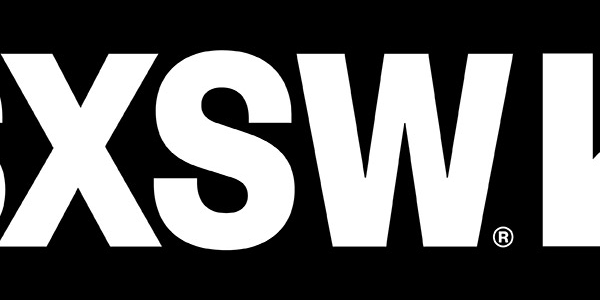
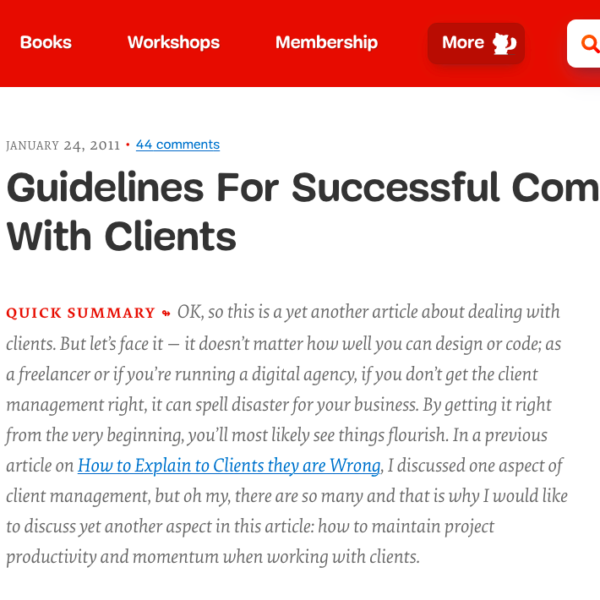
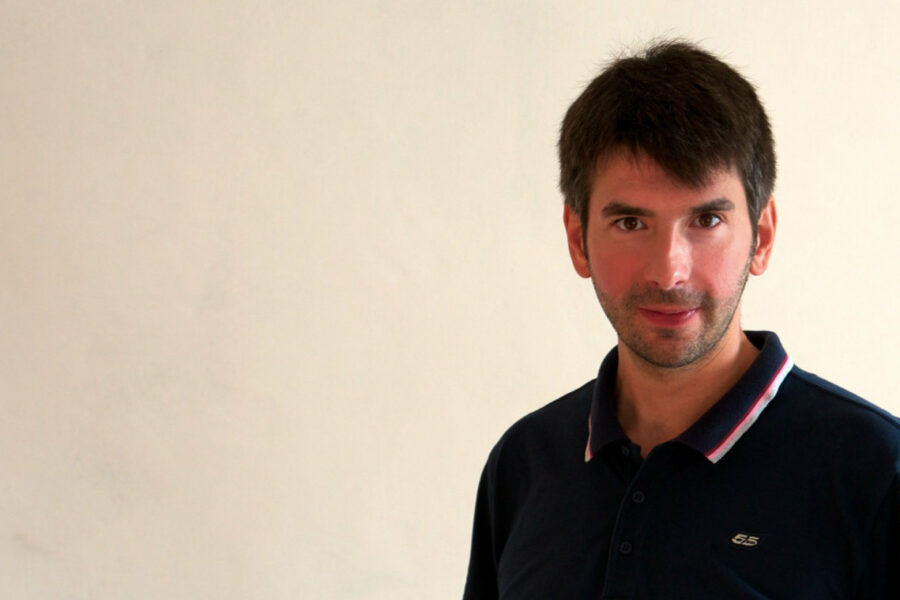

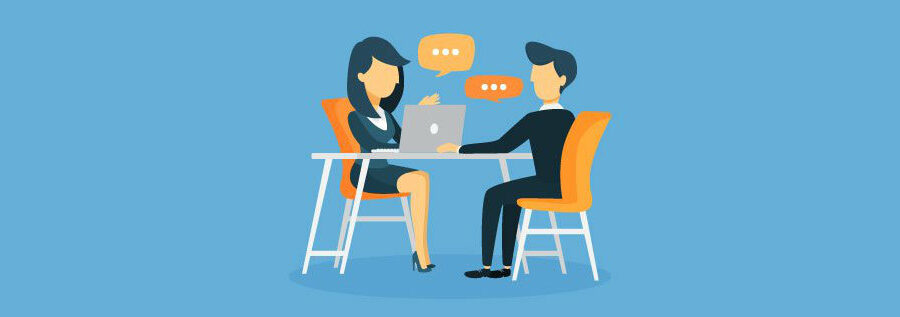
Nice one, Brett. Good to see you’re not just a cartoon face :-)
I think of all the methodologies I’ve tried (or been forced to follow), my most successful projects have been borne out of the Waterfall system… at the very least it prevents me feeling like I’m chasing my tail.
Great interview. Its like seeing my life fleshed out before me.
Would also like to hear PMing freelancers.
@Cola, I think Waterfall-esque methodolgies are more common (and successful) than many realise!
@Nick, thanks Nick, good to hear there are others running web projects huh :) I’m interested in the freelancing side of web project management too, although I havent come across too many on my travels.
Saw your tweet about the ration of Web Project Managers to production staff at Happy Cog… was that shock at there being ‘so many’ or so few?
@thesambarnes I think two project managers on a staff of fifteen is just nice. Its just that i’ve been in environments where there are alot more project managers and people are drowning. Its either the project managers are not too good or the production team have issues. Then again, its always team work. Good to know Happy Cog’s PM to Team ratio. :)
@Nick, ahhh interesting. I haven’t come across it personally but recently heard of a company that was almost 1:2 ratio of Web Project Managers to production staff – I almost fainted.
However the person telling me said the same as you, they almost all of them were completely useless Web PMs.
Perhaps a post on having too MANY PMs is in order… I’d actually want 2.5 PMs for a team of 15 ;-) too fussy?
@thesambarnes have you came across divas from the production team where they need to be spoon fed everything? This way, the PMs take on more of the thinking & decision making, hence need better PMs.
I feel that the best arrangement is that PMs give sufficient info to allow the rest of the team to do their Magic based on the team’s maturity level.
I always go back to the situational leadership model http://www.google.com/images?q=situational+leadership+model
Looking forward for more articles from you. :)
@Nick, I’ve come across all sorts of developers before! From divas who think they know it all, to ‘plodders’ who won’t do anything above exactly what they’re asked, and of course many excellent developers who love what they, add massive amounts of value and are a pleasure to work with.
In all cases a good PM has to adapt to manage each kind of person, that’s a skill many people dont, especially on the production side, recognise!
I think working in a smaller digital agency is often a way to get a nice mix of work as a Web Project Manager – where on some projects you have to be the creative thinker and on others you get to just define what a website or app should do and let the design and development teams deliver a solution.
But actually that’s probably quite a selfish point of view, being unselfish I’d completely agree with you :) let the experts do what they do best while the PM make sure they get to focus on that and none of the other crap and stress involved in running a web project!
Very interesting interview, especially because I found many points that I can confirm because I see them every day.
Thank you for sharing your experience ;)
@sla, you’re welcome. It really is comforting to know we all go through the same challenges!